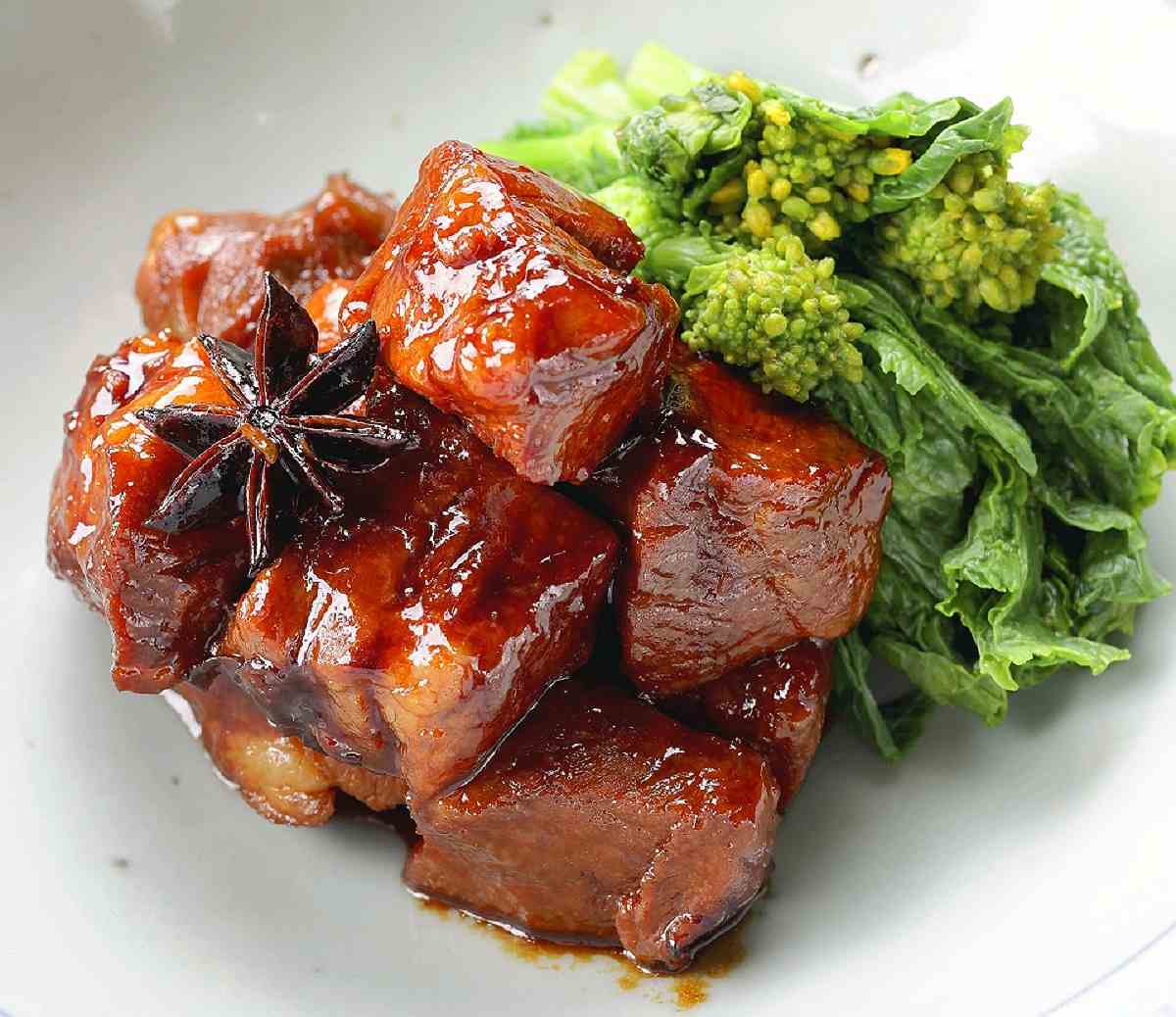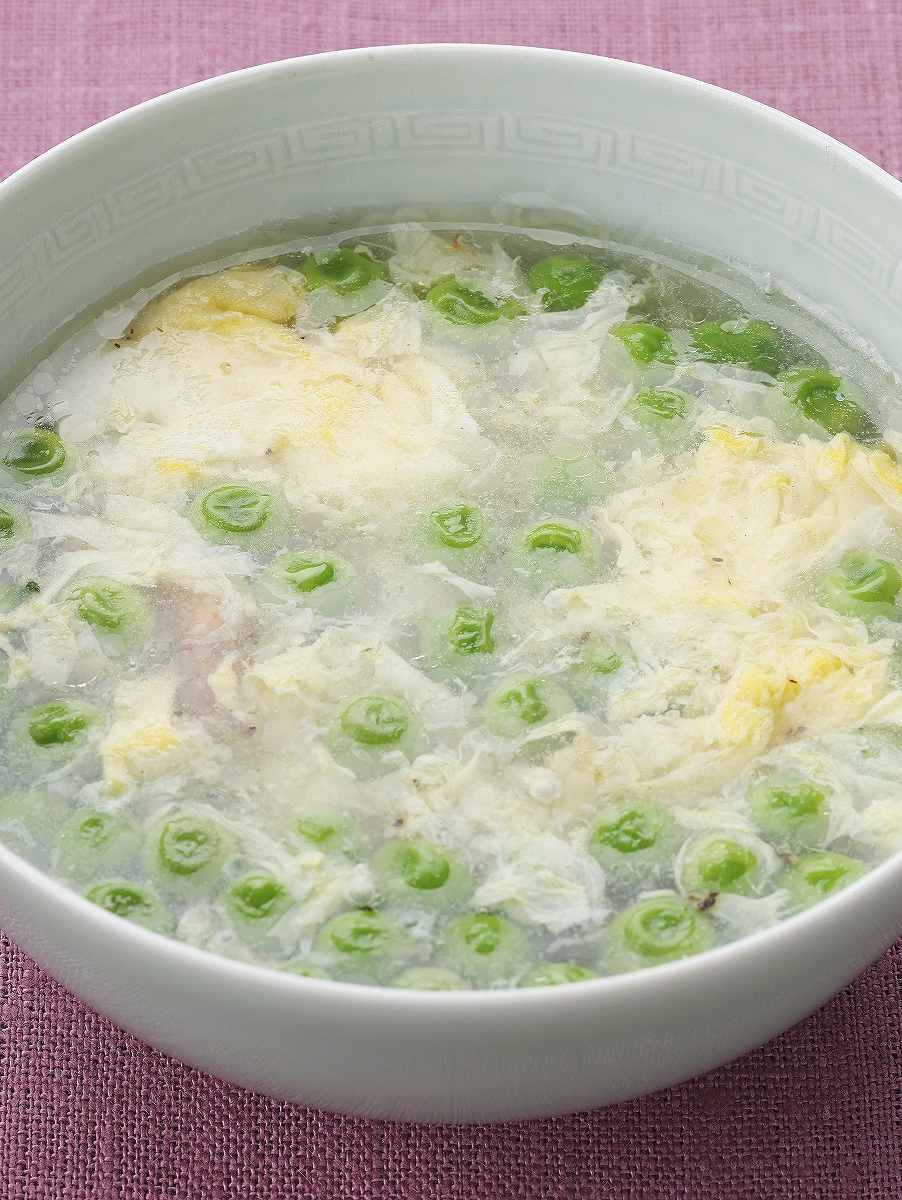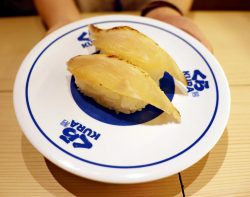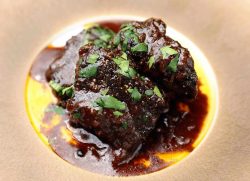
Braised cubed pork
12:30 JST, May 6, 2023
Culinary expert Wu Wen shares a recipe for braised cubed pork, or kakuni, a classic Chinese dish flavored with the sweet aroma of star anise.
Wu used to serve braised pork whenever her children’s friends came to her home. “The dish livens up the dining table,” she said.
The aroma of star anise softens the smell of the other ingredients. Wu uses pork shoulder, adding nanohana field mustard as a garnish for color.
The key is how the pork is prepared. The meat is put into boiling water and simmered for about two minutes so it releases plenty of excess fat and scum.
“I get rid of those things because they make the food taste bad,” she said. “By boiling it beforehand, you don’t need to remove the scum while it stews with the other ingredients. This extra step makes the dish delicious.”
Wu used chopsticks to take each pork cube out, trying not to let scum get on the pork.
She then poured sake, water, and black vinegar into another pot, added the pork and a single piece of star anise, and began simmering. Chinese stewed dishes rarely use dashi broth. Instead, only the umami coming from the ingredients is savored.
“By making use of the fluids from the liquor, water and ingredients, the pork is cooked as though it was steamed, and the flavor is sealed in the meat,” she said.
After simmering for about 30 minutes, the sweet scent of star anise began to fill the air. Another tip here is to season the pork with thick soy sauce called tamari.
“The meat will shrink if you add the seasoning right from the start, so let it simmer for 30 minutes before adding the sauce,” Wu said.
Tamari soy sauce is rich and flavorful. The pork is simmered for another 30 to 40 minutes until there is a small amount of liquid left in the pot. Finally, the pork is brought to a boil until it is seasoned well with the liquid.
The pork soaks up the flavor well and is tender, but the cubes still keep their shape. The black vinegar lightens the pork’s greasiness. It is indeed a perfect dish for special occasions.
Green pea and egg soup

Green pea and egg soup
To add a touch of spring color as a side dish, Wu also shared a green pea and egg soup recipe.
She put 600 milliliters of water, 1 table-spoon of sake and 3 grams of sakura-ebi dried shrimp into a pot and brought it to a boil. Covering the pot, she let it simmer over low heat for three minutes. She then added 50 grams of green peas, cooking them for a minute, then seasoned the pot with 1/3 teaspoon coarse salt. She also thickened the soup with 1/2 teaspoon potato starch dissolved in 1 tablespoon water. Finally, she poured in two beaten eggs, a pinch of pepper and 1 teaspoon of sesame oil before serving.
Kakuni braised cubed pork
Ingredients (2 servings):
- 400 grams pork shoulder
- 1 small piece of ginger
- Green onion (10 centimeters long)
- 100 grams nanohana field mustard
- 150 milliliters sake
- 1 piece of star anise
- 1/2 tbsp black vinegar
- 1 tbsp honey
- 2 tbsp tamari soy sauce (or soy sauce)
Directions:
1. Chop the pork into large bite-sized pieces. Thinly slice the ginger and cut the green onion into chunks. Separately, cut the field mustard into bite-sized pieces and boil.
2. Boil water in a pot and add the pork to remove scum. Take out the pork with chopsticks and drain well.
3. In a separate pot, add the sake, 100 milliliters of water, boiled pork, star anise and black vinegar. Bring to a boil. Reduce heat to low, cover and simmer for 30 minutes.
4. Add the ginger, green onion, honey and tamari soy sauce to the pot, cover and simmer for another 30 to 40 minutes.
5. Remove the lid and simmer until the liquid is almost gone. After the pork is seasoned with the liquid, turn off heat, cover and let sit for 5 to 10 minutes to let the pork season well. Serve and garnish with the boiled field mustard.
"Features" POPULAR ARTICLE
-

Pangasius Catfish Increasingly Featured on Japanese Restaurant Menus, Home Dining Tables Due to Affordability, Mild Flavor
-

Sumo Restaurant in Tokyo Teaches Foreign Visitors About the Ancient Sport, with Bouts Between Retired Rikishi
-

Autonomous Passenger Ship Connects Mainland with Remote Island in Seto Inland Sea; World’s 1st Commercially Operated Autonomous Vessel
-

Japanese Chef of Italian Restaurant in Tokyo Offers Milanese Risotto; Bright Colors, Rich Flavors in Simple Steps
-

Hokkaido Village Attracts Visitors with Red-crowned Cranes, National Special Natural Monument
JN ACCESS RANKING
-

Japan Govt Adopts Measures to Curb Mega Solar Power Plant Projects Amid Environmental Concerns
-

Core Inflation in Tokyo Slows in December but Stays above BOJ Target
-

Tokyo Zoo Wolf Believed to Have Used Vegetation Growing on Wall to Climb, Escape; Animal Living Happily after Recapture
-

Univ. in Japan, Tokyo-Based Startup to Develop Satellite for Disaster Prevention Measures, Bears
-

JAL, ANA Cancel Flights During 3-day Holiday Weekend due to Blizzard
























